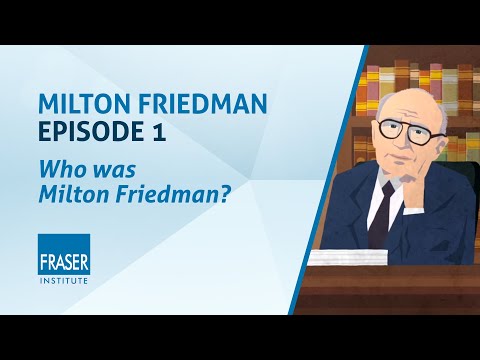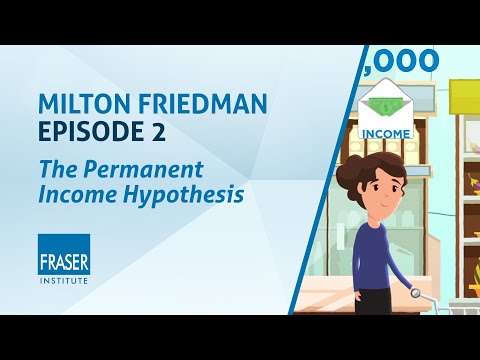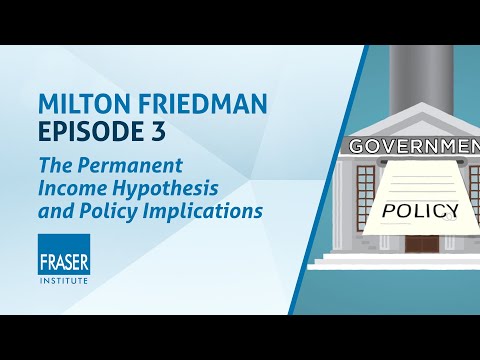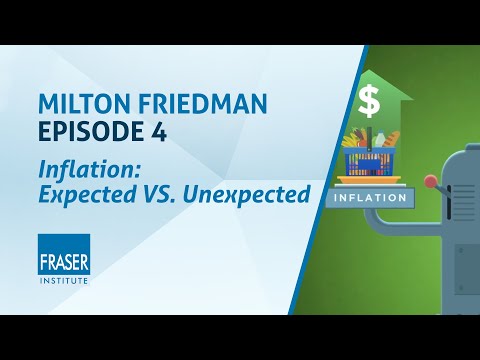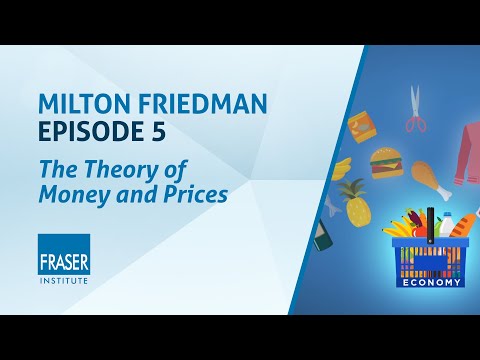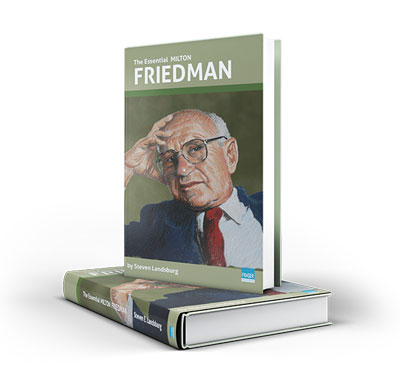by Steven E. Landsburg
When economists are called “influential,” it usually means they’ve changed the way other economists think. By that standard, Milton Friedman was one of the most influential economists of all time. He revolutionized the way economists think about consumption, about money, about stabilization policy, and about unemployment.
He demonstrated the power of committing oneself to a few simple assumptions about human behaviour and then relentlessly pursuing their logical implications. He developed and taught new ways of interpreting data, testing his theories by their ability to explain multiple disparate phenomena. His successes were spectacular and his techniques were widely emulated.
In several cases, Friedman’s methods inspired the creation of entire new subfields including the economic analysis of law, the quantitative approach to economic history, the economics of crime and punishment, the economics of family relationships, and the economic approach to finance—leading to multiple Nobel prizes for Friedman’s acolytes.
But Friedman’s influence extended beyond economists. To the public at large, he was the world’s foremost advocate for economic and personal freedom. Through his writings and his media appearances, he educated millions about how markets work and how governments often fail. He restored the respectability of classical liberal notions that had fallen into disfavour, and he did so not by artful propaganda but by conveying a deep and lasting understanding of the ideas themselves.
And he influenced policymakers. In the United States, he helped to end the military draft, to broaden educational choice, and to change the regulatory climate. Worldwide, almost all central banks now follow policies that are grounded in Friedman’s insights and recommendations (updated, of course, for the changed world we now live in), and have thereby made the world a richer and more stable place, largely delivered from the sort of disastrous policy errors that were once routine. When the Soviet Union collapsed, Friedman’s writings inspired the design of new institutions in several former Communist countries, and those that adopted this course were rewarded with prosperity and freedom.
After an early flirtation with statistics (where he developed the “Friedman Test” to interpret disagreements among judges in, say, a skating competition), Friedman moved on to study economics, writing a 1946 doctoral dissertation on, among other things, the effects of occupational licensing, a subject to which he frequently returned. The next year, he accepted a job at the University of Chicago, where he did most of his groundbreaking academic work on consumption behaviour, monetary theory, and monetary history, and served as the undisputed intellectual leader of the economics department for 30 years. In 1976, he was awarded the Nobel Prize.
The public became acquainted with Friedman through his 1962 bestseller Capitalism and Freedom and his subsequent series of approximately 300 columns in Newsweek Magazine, along with his increasing presence as an advisor to policymakers. After his retirement in 1977, Friedman moved to the Hoover Institution at Stanford University and, in collaboration with his wife Rose and the television producer Robert Chitester, created the television series Free to Choose and an accompanying book by the same title. Both the TV series and the book drew huge audiences and cemented Friedman’s worldwide celebrity. Several Eastern European leaders specifically cited Free to Choose as a major inspiration for their new economic policies after the fall of the Soviet Union.
It would take several large volumes to do justice to Friedman’s extraordinary contributions to economic theory, economic practice, economic policy, and economic literacy. The few brief chapters that follow will give an overview of what those volumes might contain.
Listen In

Milton Friedman Part 1: Monopolies and Rising Prices
Steven E. Landsburg, Professor of Economics at the University of Rochester and author of The Essential Milton Friedman, joins host Rosemarie Fike to discuss Friedman’s profound contributions to the field of economics throughout the 20th century, including his work on monopolies and the impact of rising prices.
Milton Friedman Part 2: Government Control and Long-Term Consequences
Steven E. Landsburg, Professor of Economics at the University of Rochester and author of The Essential Milton Friedman, returns to discuss Friedman’s most salient ideas with host Rosemarie Fike, specifically how the expansion of government power may enable positive change but can just as easily enable negative societal change, ultimately removing choice from people and consumers.
Download the Book
Get a digital copy of the book. Choose the version you prefer below.
Explore the Book
Chapter by chapter summary of the book.
-
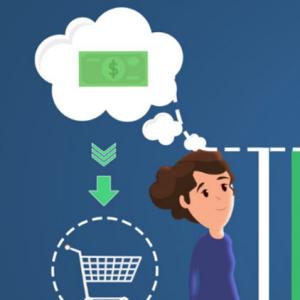
Chapter 1
The Permanent Income Hypothesis
Suppose you believe your economy is in the doldrums because people are somehow not spending enough. How do you get them to open up their pocketbooks?
Start by perusing some data. You’ll quickly discover that spending is highly correlated with income. It’s well documented that if, in any given year, Alice out-earns Bob by a dollar, then on average she’ll outspend him by at least 90 cents.
-
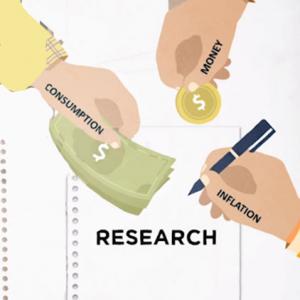
Chapter 2
Money, Prices, and Inflation
The Nobel Prize-winning economist Robert Solow once observed that “Everything reminds Milton of the money supply.” It’s certainly true that Milton Friedman had a lifelong fascination with the money supply, leading to insights that profoundly changed both academic thought and practical policymaking.
Actually, Friedman’s analysis begins on the other side of the market—the demand for money—as opposed to the supply. To the casual reader, the idea of studying the “demand for money” might sound absurd. Don’t we all want as much money as we can possibly get? Isn’t that all there is to say on the matter?
-

Chapter 3
Monetary Policy
Now that we’ve talked about how the price level is determined, let’s double back and ask why we should care about the price level in the first place. If the money supply doubles, and all prices (including wages) double in response, has anything important really changed?
Probably not. Instead of costing $5, a hamburger now costs $10. Alice has to work just as many hours to earn that $10 hamburger today as she worked to earn a $5 hamburger yesterday. Instead of carrying $25 in her pocket (enough to buy five hamburgers), she’ll carry $50—still enough to buy five hamburgers. Instead of keeping $1,000 in her chequing account, she’ll keep $2,000—the same fraction of her income that she’s always kept.
-
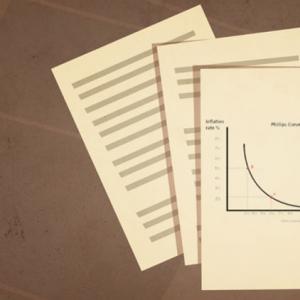
Chapter 4
Monetary History
The quantity theory of money—that is, the circle of ideas surrounding the notion that prices tend to move in tandem with the money supply—has a long history going back to the astronomer Nicolaus Copernicus in the fifteenth century. After the onset of the Great Depression in the early 1930s, the new generation of “Keynesian” economists largely rejected the quantity theory, arguing that often, people don’t have strong stable preferences about how much money they hold. Therefore, said the Keynesians, when the authorities inject new money into the system, people might simply hold it, without bidding up prices.
-

Chapter 5
Unemployment
In 1958, the economist William Phillips noticed a striking correlation: Times of high inflation are times of low unemployment, and vice versa. Over the next decade, the correlation held strong.
The lesson most economists drew was that policymakers face a trade-off: You can have less unemployment, provided you’re willing to tolerate (and even engineer) a bit more inflation.
Milton Friedman, almost a lone voice in the wilderness, begged to differ. Not for the first time in his career, it fell to Friedman to remind the world that correlation is not the same as causation.
-
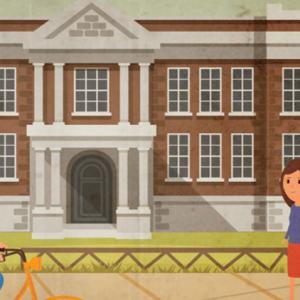
Chapter 6
Chicago Price Theory
From his arrival at the University of Chicago in 1946 until his retirement in 1977, Milton Friedman did more than anyone to set the intellectual agenda of the Chicago economics department. Though Friedman was primarily known as a monetary economist, the subject he chose to teach was price theory, or microeconomics. Microeconomics was a required first-year graduate-level course and it shaped the thinking of generations of students, giving them an extraordinarily rich set of tools for analyzing problems in all areas of economics.
-
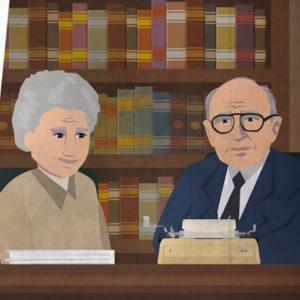
Chapter 7
Capitalism and Freedom
In 1962, Milton Friedman burst forth from the academy into the public square with Capitalism and Freedom, subsequently ranked number 16 on Time Magazine’s list of the most influential books written in English in the years 1923–2011.25 More than half a century later, it remains in print in over a dozen languages and ranks near the very top of Amazon’s list of bestsellers in economic theory.
-
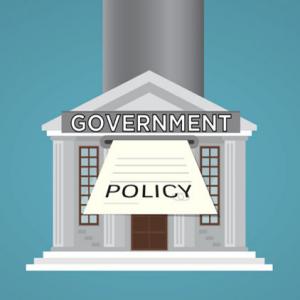
Chapter 8
Policy Analysis
Having drawn the connection between free markets and free people, Friedman moved on to specifics. The later chapters of Capitalism and Freedom make the case for limiting the role of government in education, labour markets, corporate governance, housing, old age insurance, the alleviation of poverty, and more.
-

Chapter 9
Activism
After the success of Capitalism and Freedom, Milton Friedman became the world’s most widely recognized advocate for economic freedom. His op-ed columns in Newsweek, appearing every three weeks for 18 years, reached a direct audience of about three million subscribers and were widely quoted in other media. Soon his face and his voice were familiar to many millions more, through his frequent congressional testimony, public speeches, and media appearances.
-
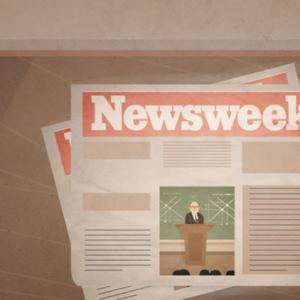
Chapter 10
Civil Discourse
In 1980, Milton and Rose Friedman collaborated with the visionary television producer Bob Chitester to create a television series called Free to Choose. The series aired originally on the Public Broadcasting System in the United States, where, with about three million viewers per episode, it was one of the most popular programs in PBS history. A companion volume with the same title, written by the Friedmans, was near the top of the year’s bestseller lists.
About the Author
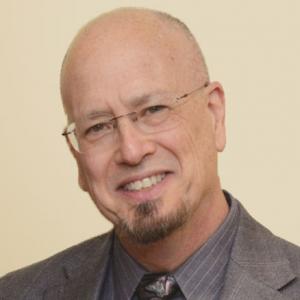
Steven E. Landsburg
Steven E. Landsburg is a professor of economics at the University of Rochester. He is the author of Can You Outsmart an Economist?, The Big Questions, More Sex is Safer Sex, Fair Play, The Armchair Economist, two textbooks on economics, and over 30 journal articles in mathematics, economics and philosophy. He has written regularly for Forbes and Slate and occasionally for The Wall Street Journal, The New York Times, and other publications.
Additional Resources
Listed below are links to other websites and resources where you can learn more about Milton Friedman, his written works, his lectures, and interviews.
Listed below are links to other websites and resources where you can learn more about Milton Friedman, his written works, his lectures, and interviews.
Nobel Prize Autobiography
An autobiography written by Friedman about his life, first published in 1976 when he won the Nobel Prize for Economic Science, and expanded in 2005, roughly a year before his death.
Nobel Prize Lecture: Inflation and Unemployment
Friedman’s 1976 lecture on inflation and unemployment, areas in which he did some of his most theoretically innovative work.
Landon Lecture on Public Issues
Milton Friedman delivers a lecture titled “Free Trade: Producer versus Consumer” in 1978 as part of the ongoing Landon Lecture Series on Public Issues at Kansas State University. This link contains both a written transcript and the recorded audio from that lecture.
Friedman: The Social Responsibility of Business is to Increase its Profits
A very influential column published in the New York Times in 1970 in which Friedman demonstrates, through economic reasoning, why the primary responsibility of private business should be to increase the profits of its shareholders.
Friedman in Reason Magazine
A collection of Milton Friedman’s written works published in Reason Magazine, including writings about the future of capitalism, debate about corporate social responsibility, and the concept of liberty.
Collected Works of Milton Friedman
Created and maintained by the Hoover Institute, the Collected Works of Milton Friedman website contains more than 1,500 digital items by and about economist, Nobel Prize winner, and Hoover fellow Milton Friedman. The site features hundreds of Friedman's articles, speeches, lectures, television appearances, and more.
Selection of Works and Interviews
From the Liberty Fund’s Online Library of Liberty, a collection of podcasts and titles featuring Milton Friedman.
NBER Publications
Friedman’s publications with the National Bureau of Economic Research from 1952 to 1991 can be viewed in PDF form here.
Friedman on Libertarianism.org
A collection of Milton Friedman resources compiled by Libertarianism.org featuring essays, articles, and videos of lectures and presentations given by Friedman.
PBS Interview with Milton Friedman
This interview transcript covers Friedman’s views on topics including economic freedom, economic philosophy, economic history, political economy, and beyond.
Friedman Fundamentals
Presented by the Hoover Institute, this collection of animated videos pairs with recordings of Friedman’s voice in interviews, lectures, and presentations to deliver clear and concise lessons on his fundamental teachings and ideas.
Friedman’s Economic Lessons in Today’s Canada
This article discusses how Friedman’s ideas teach valuable lessons about economic and fiscal policy in Canada today. It is written by Matthew Lau, research associate at the Frontier Centre for Public Policy and contributor to the Fraser Institute’s Canadian Student Review.
Video: In Depth with Milton Friedman
Milton Friedman speaks about his career as an author and economist, his body of work, and his ideas on politics at the turn of the century. Broadcast by C-SPAN in 2000, the later parts of this video feature a Q&A with the audience as well as an appearance by Friedman’s wife, Rose.
Video Playlist: Collected Lectures
The Free to Choose Network has compiled an extensive collection of Milton Friedman’s appearances, lectures, and programs, all conveniently contained in this YouTube playlist. While some videos are shorter lessons lasting a few minutes, others are full-length lectures.
Essential Scholars is brought to you by
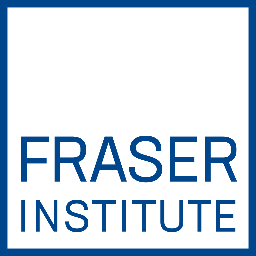
Fraser Institute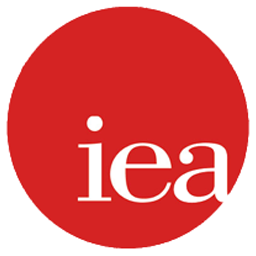
Institute for Economic Affairs
Institute of Public Affairs
Foundation for Economic Education
Acknowledgements
Made possible by generous grants from the Lotte and John Hecht Memorial Foundation, the John Templeton Foundation, and the Peter and Joanne Brown Foundation.






